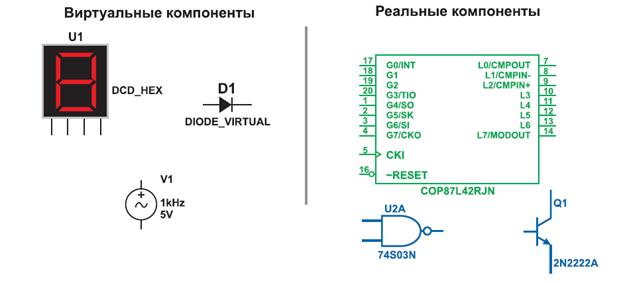International Trade and National Economies
In modern world all countries participate in international trade. They trade because it’s in their interest to trade. Countries specialize in what they do most efficiently, i.e. where they can best use their resources, and buy what they don’t produce themselves. To measure the influence of international trade on national economy a notion of trade balance is used. It shows the difference between monetary value of export and import in the economy over certain period. The favorable trade balance should be positive, which means that export is bigger than import. A positive balance is known as a trade surplus,which means export exceeds import; a negative balance is known to be a trade deficit. Countries differ in how much they participate in international trade. The level of a country’s openness influences international trade. International markets for labour, capital, goods and services provide opportunities for people to work or study abroad and improve their lives. They increase competition and improve choice of goods and services. International markets reduce poverty and increase wealth, promote higher standards of living, working conditions, technology, education. International trade is considered to lower costs and retail prices which benefit consumers. On the other side, international markets are believed to create unemployment, to lead to job losses in richer countries, to exploit workers in poorer countries, to widen the gap between the rich and the poor. International trade leads to damage to natural environment, local cultures and industries. To support local industries countries set different barriers to free trade.The two main barriers are tariffs and subsidies. Tariffs are taxes on imported goods, so that imports cannot compete so well against domestic products. Subsidies are money paid to domestic producers so that they can sell their products more cheaply than foreign competitors. There are also other barriers, like quotas, which limit the quantity of a product to be imported, as well as expensive licences and regulations, which slow down trading. Sometimes firms dump goods in overseas markets, that is, they sell their goods at a very low price, usually for less than it costs the firm to produce the goods. The reason is increasing the market share there. The term used to describe such practices is dumping. To protect their economy from unfair competition governments introduce anti-dumping laws and taxes. There are many international organizations which supervise international trade. They are WTO, EFTA (European Free Trade Organization), IMF, IBRD and some others. Nowadays there is a trend towards liberalizing trade and removing trade barriers. The most successful economies tend to have open markets and most of their industries have been deregulated.
|




